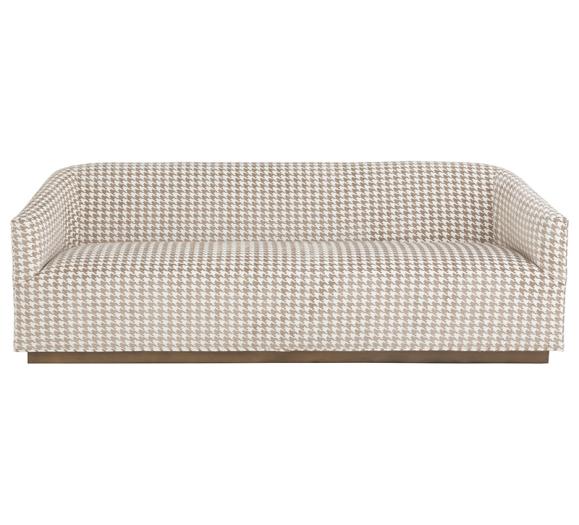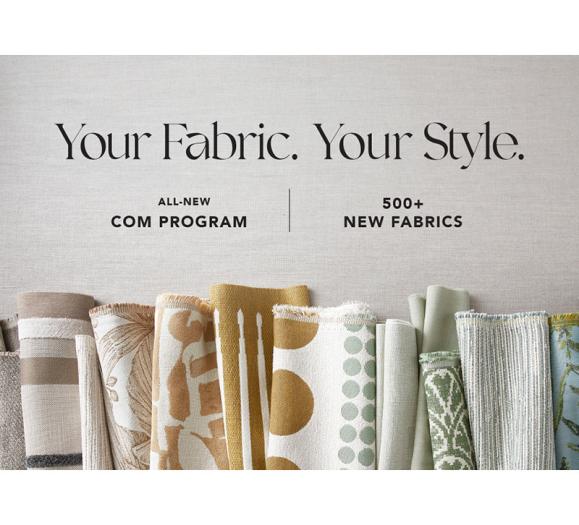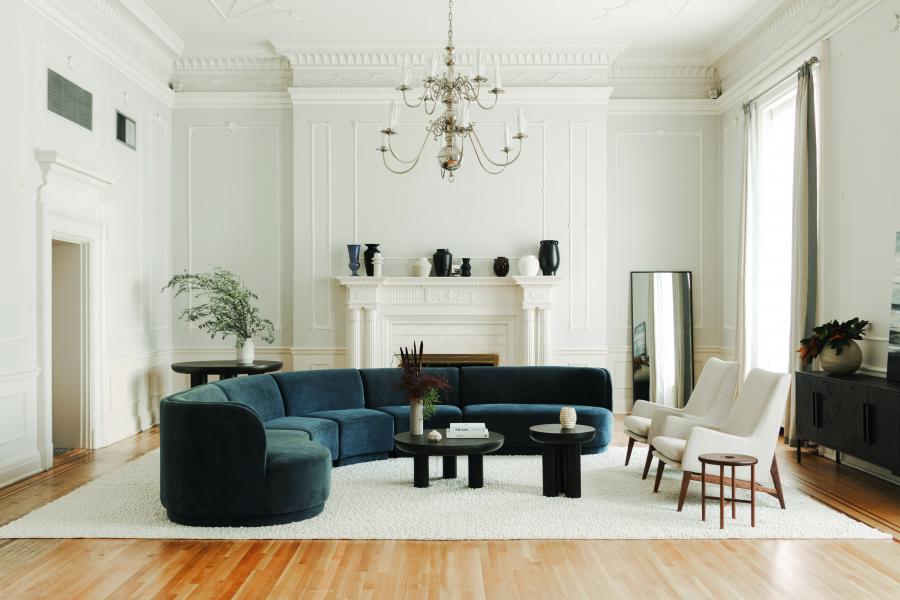
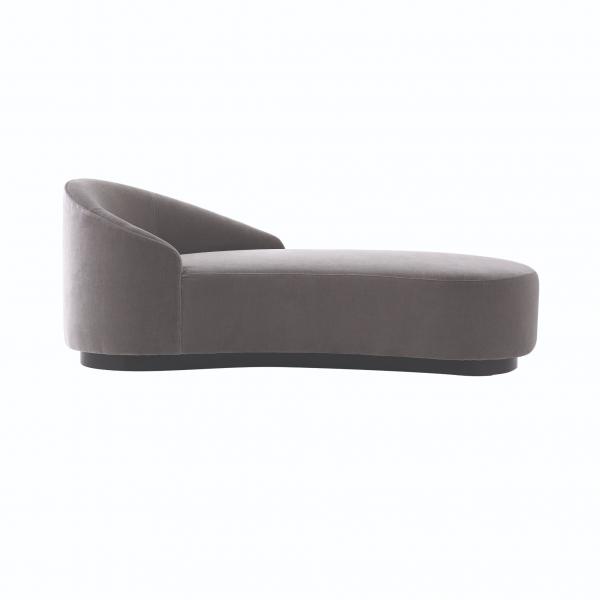
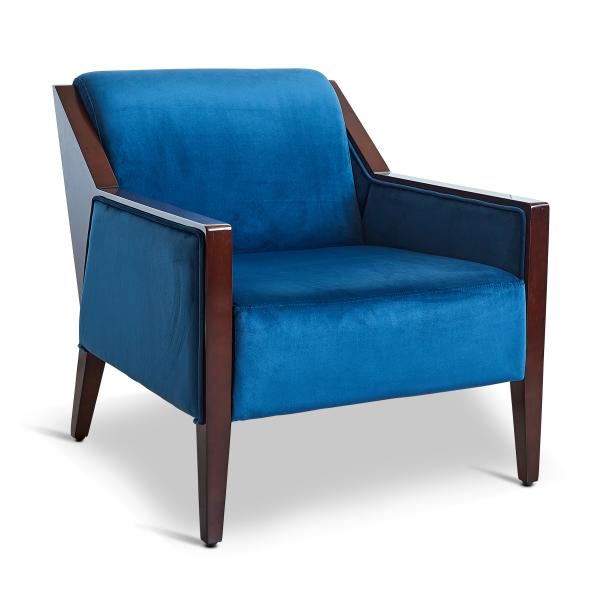
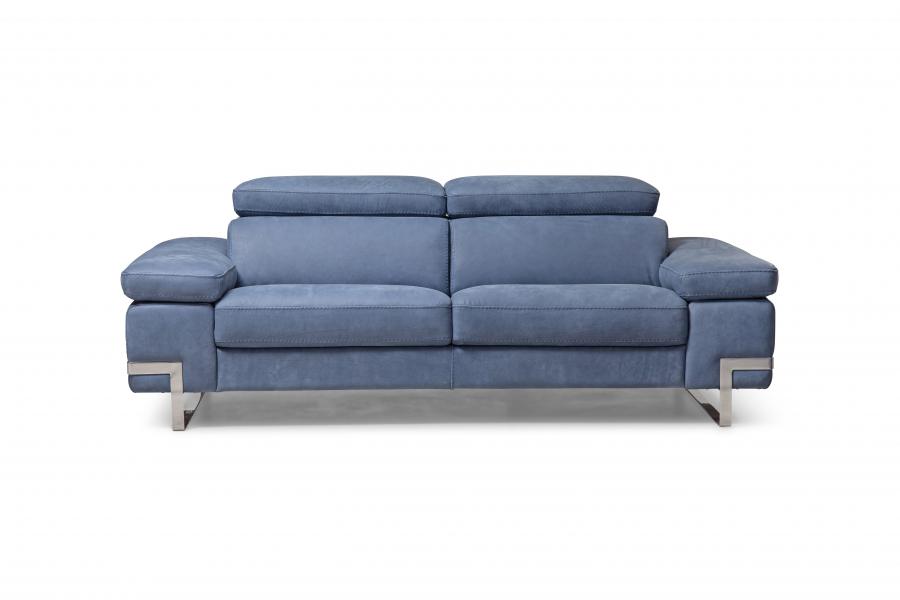
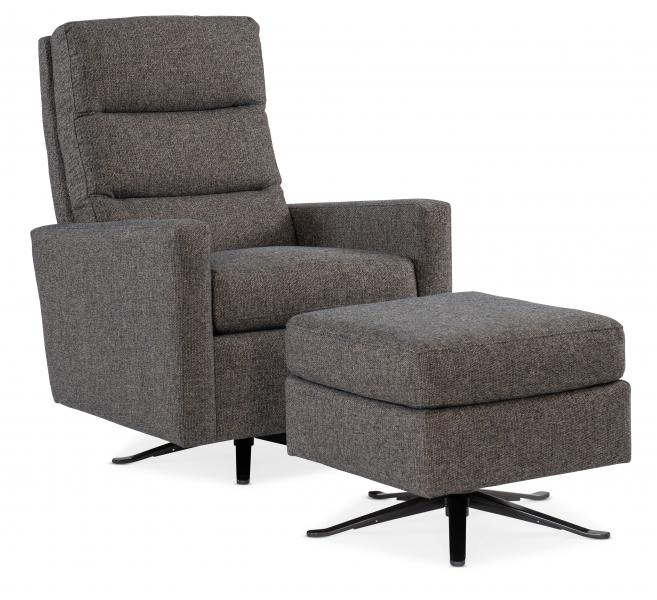
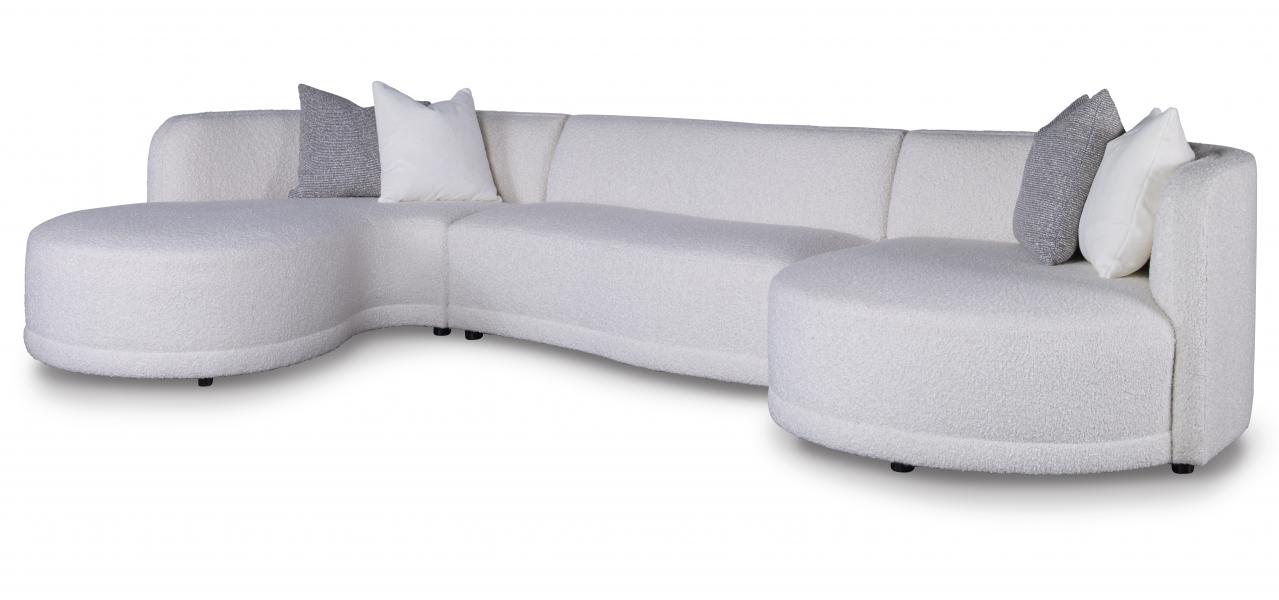
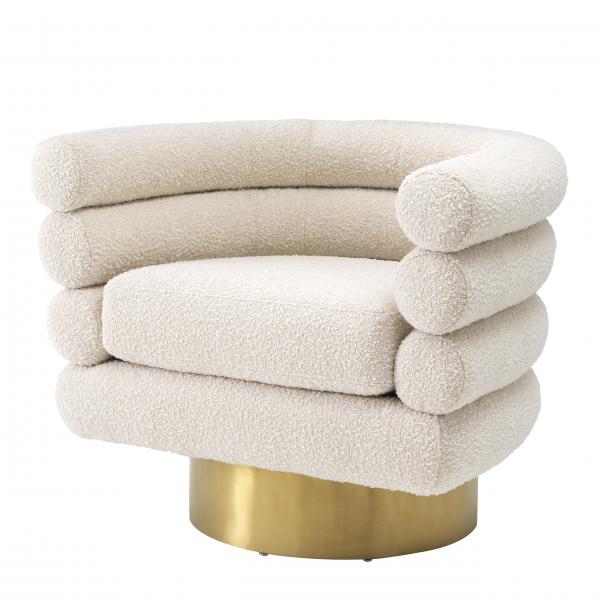
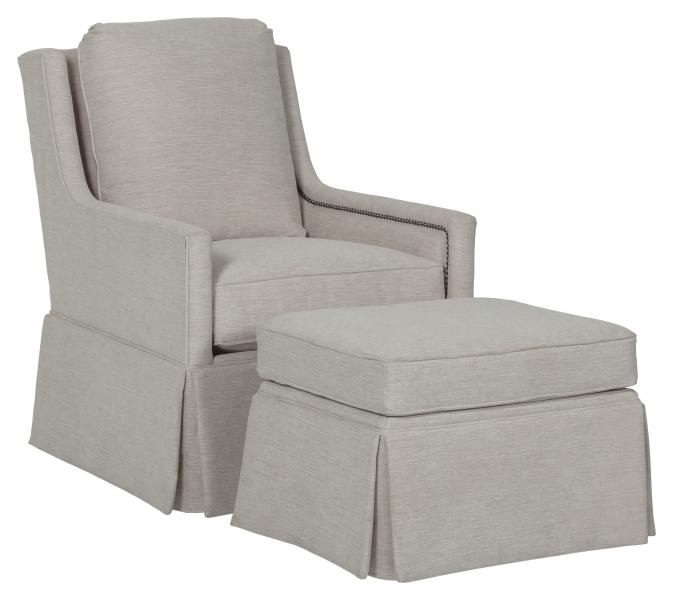
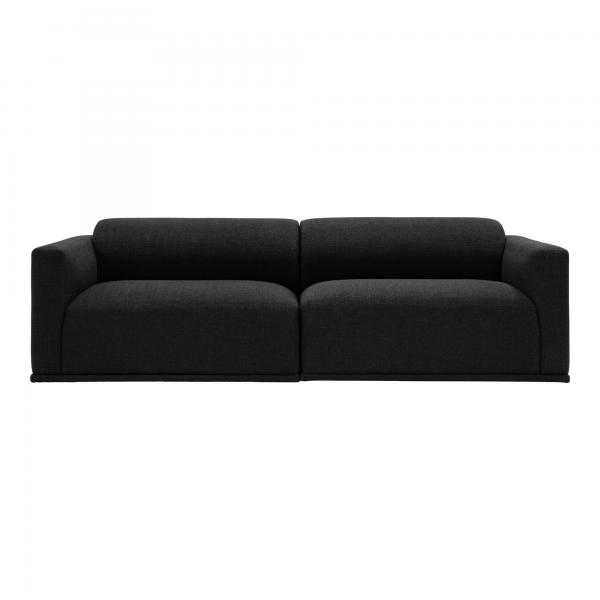
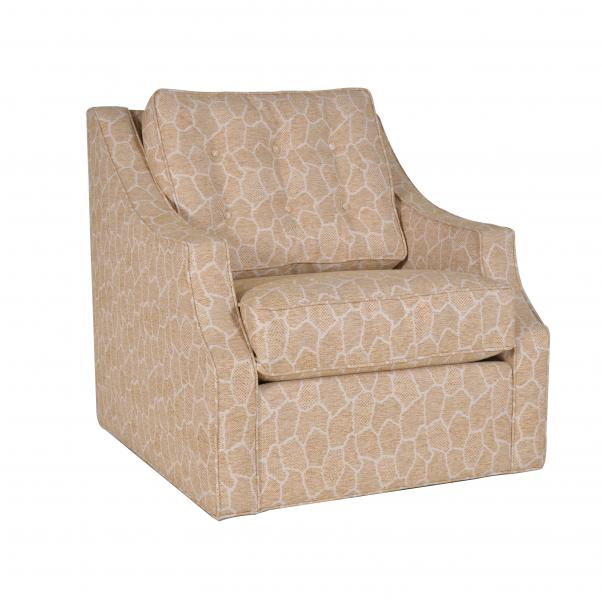
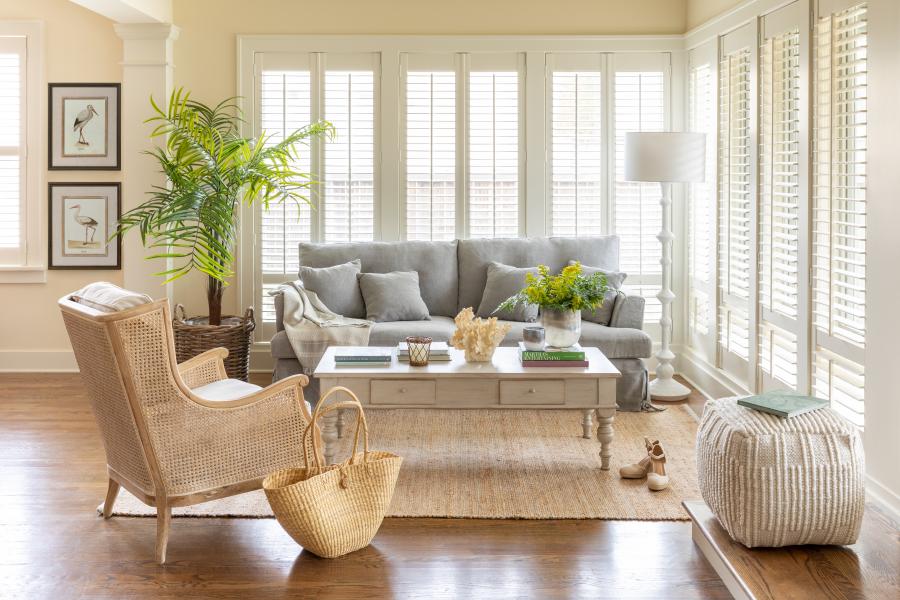
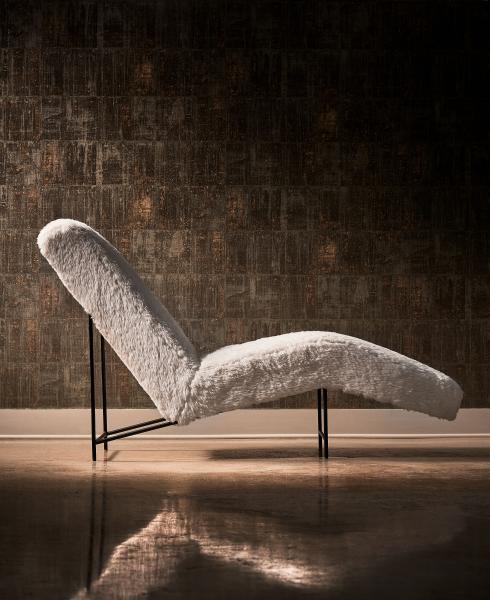
The material and labor shortage following the pandemic have caused challenges across the industry, and the world as a whole. In 2022 shipping containers are costly, raw materials can be hard to come by, and companies are finding it difficult to find/retain artisans. While the upholstery segment have not been exempted from these challenges, manufacturers have seen continued – and in some cases, increased – demand for product. Against all odds, they have pushed through these hardships in ways that work, providing consumers with the products they need in as timely a manner as possible.
While shipping from overseas has had its ups and downs, manufacturers say domestic upholstery has been similarly impacted. In some cases, supply can be a bit quicker when switching to local sources. In others, parts and materials needed to complete domestic assembly are still sourced overseas.
“It’s a mix,” says Anne Smith, Chief Administrative Officer and President, Domestic Upholstery at Hooker Furnishings Corp. In Smith’s case, products from Hooker Upholstery are sourced overseas and imported as finished goods. Bradington Young and Sam Moore – both divisions of Hooker Furniture – are manufactured in the U.S.
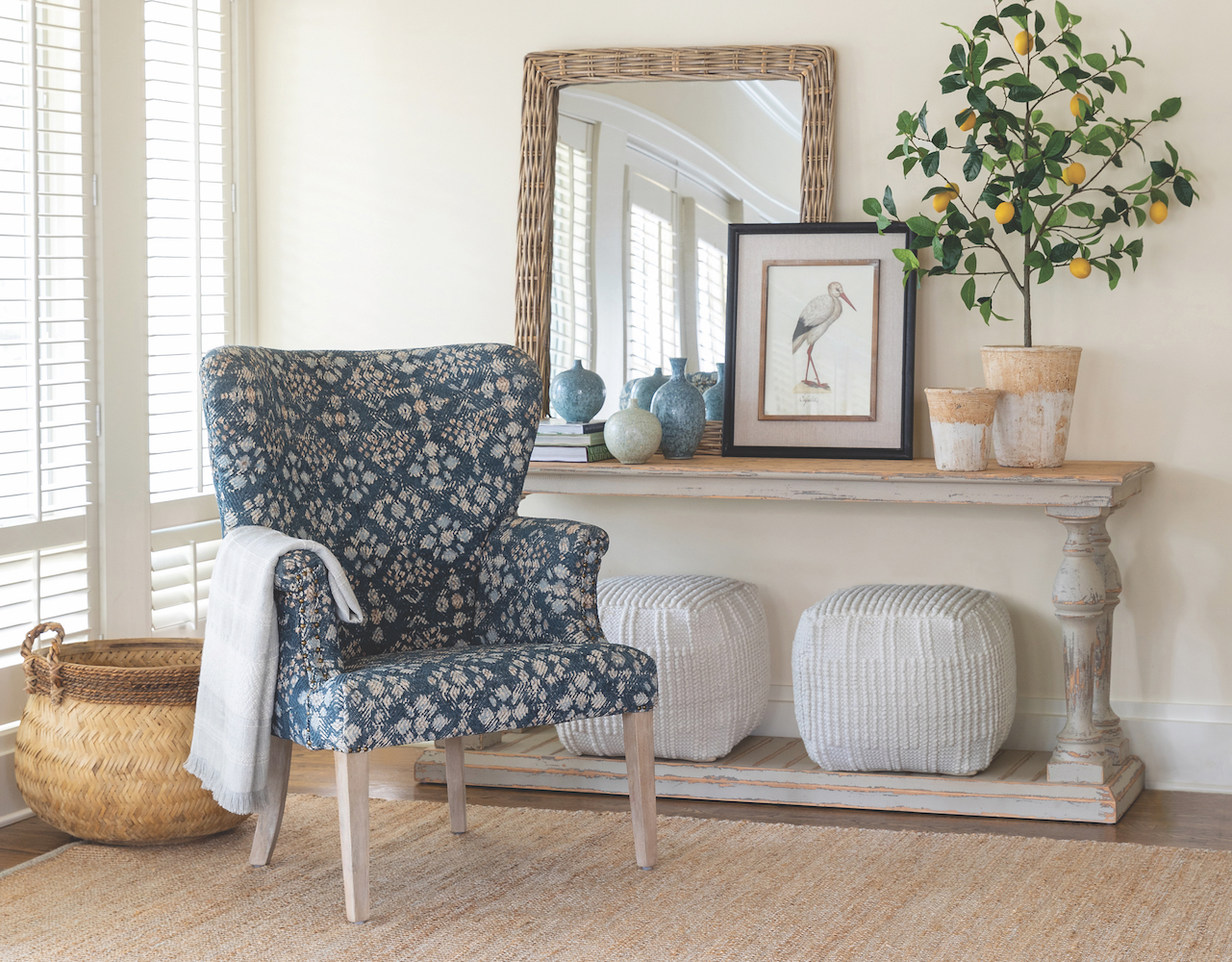
“Many of our covers are imported, so you would have the same issues as our imported lines do trying to get those products over here,” she says. “Some of Sam Moore’s exposed wood frames are also imported, but Bradington Young builds all its own frames. We do have a couple local sources for that, which is helpful.”
Components that are almost exclusively imported from Asia are exceptionally challenging right now, including furniture covers and mechanisms like swivel bases, springs and webbing.
“Anything made out of metal is difficult,” Smith says. “There’s way more involved in getting it over here. We’ve been trying to dual-source many of those parts, but even with domestic sourcing you have the same problems. Labor issues, transportation issues and definitely cost.”
Materials such as foam and wood have also risen in price worldwide. For Hooker – and most others – managing unprecedented inflation forced an increase in product pricing. However, customers are still consistently placing orders for upholstered goods.
“Our last price increase went into effect in January, and we were fully prepared for a drop off in incoming orders,” Smith says. “But we’re still seeing strong demand.”
Markets have also changed within the last two years. According to Jim Telleysh, Senior VP at Spectra Home, pre-pandemic, there may have been more foot traffic, but some market attendees were merely interested in “window shopping.” Today, the game has changed.
“Nobody is wasting their money to come to these markets just to kick tires and see what’s new; they’re buying,” Telleysh says. “They’re here for a purpose. We’re selling more furniture today through the highest inflationary times that we’ve seen. When we do go to market, we have a much more successful turnout and a lot less follow-up because they’re placing orders right there.”
When it comes to supply chain difficulties, Spectra has a leg up – it’s factory-owned. The group buys 90 percent of goods from its own factories located in China, Cambodia and Thailand. Though Spectra outsources exposed wood, the group pours its own polyurethane foam, cuts its own CNC plywood frames and owns the companies that make furniture boxes.
“We try to be as vertical as possible so we can avoid supply chain issues,” Telleysh says. “Having the factory has been a massive help, especially when it comes to buying product in bulk.”
Spectra also works with a local supplier in Thomasville, NC, alongside other groups that are American-made. Using domestic suppliers offers a way to balance out what the group gets overseas.
“I can get my U.S.-made product faster than my Asia product, and it’s helped to fill that gap of still having something in inventory,” he says. “We buy in bulk, bring it in and warehouse it here. It’s geared toward having inventory and being able to ship quickly. That’s what helps on the U.S. side. But customers know they’re limited on what they can purchase. I think every fabric in our American facility is made overseas, for example.”
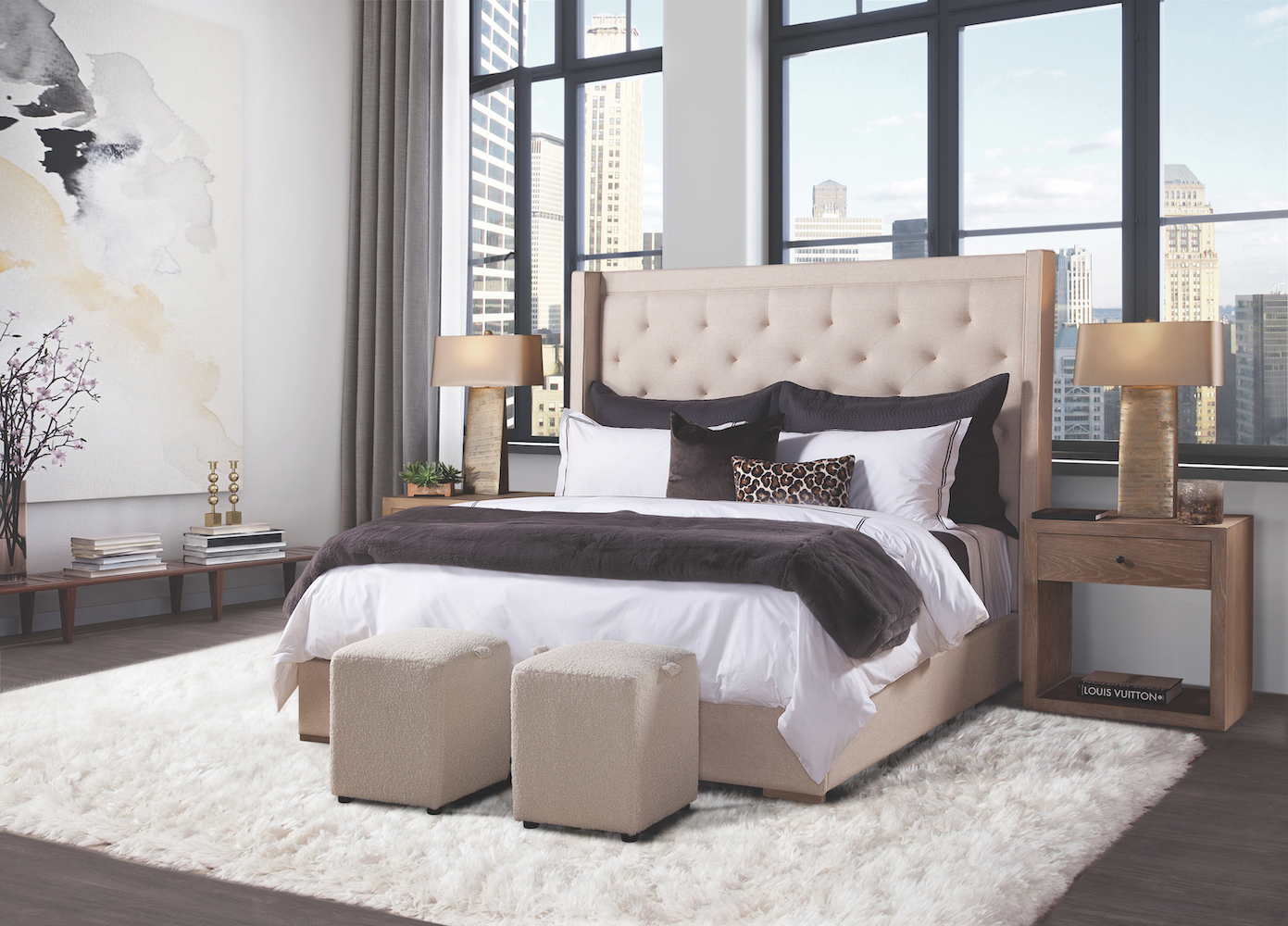
Getting overseas products onto a shipping container is also difficult.
“Obviously it’s two to four times more expensive than it was two years ago,” Telleysh says. “That’s something you have to pay for – there’s no way around it. Once it gets here, moving it out the door is also a challenge. There’s so much furniture being sold today that the carriers can’t keep up.”
Some customers have begun opting for furniture pick-up in North Carolina to avoid high prices and long lead times.
“The faster they can ship it to the customer the quicker they get paid, so they’re picking up their own goods now,” he says.
At Bellini Modern Living, most inventory comes imported from Italy. Hossein Azimi, the company’s Founder and CEO, says it has been much easier to source product out of Europe than Asia during the pandemic.
“Even though the market wasn’t as hot, we never slowed production,” Azimi says. “We just kept receiving merchandise over and over. We continued that trend even though the cost of freight went sky high. We paid the extra cost just to satisfy our dealers, so they didn’t have to wait nine months to get a dining table or sofa.”
At the end of 2020, Bellini also purchased and pre-ordered massive amounts of raw materials, just for the better price. To combat rising prices today, Bellini implemented a freight surcharge to cover the cost of the container. Azimi says this is a temporary measure and expects to reduce the charge down the line.
“We saw this inflation coming last year,” he says. “Whenever we have issues, we work with our raw materials suppliers, manufacturers and shipping companies and try to make it as easy as possible for our dealers.”
When it comes to upholstery, the artisans are true craftsmen. The trade takes a great amount of time, attention and detail. Unlike case goods, which can be automated when it comes to processes such as wood cutting, upholstery takes much more finesse and handwork.
“After you cut it, there’s no automation,” says Telleysh. “It’s all handmade or bench-made. The labor pool is good overseas, but my domestic plant is having a difficult time with their labor pool because through COVID, some of the workers have gotten different jobs.”
Many true artisans are also nearing retirement age, contributing to the industry’s labor shortage. To combat this, Bellini provides incentives for employees who bring friends or family into the business.
“In Northern Italy we didn’t have much of a problem with artisan work,” he says. “In the South, we had a bit of a short labor force. In that part of the world, all the soft goods are made in that area. There are two or three people in every family who work in a manufacturing factory that does upholstery. So the employee incentives helped a lot.”
Looking toward the future of upholstery and its modern challenges, Hooker has begun focusing on attracting and retaining younger workers that are interested in learning the craftsmanship needed to build products. This has been an ongoing challenge, with most individuals needing to be trained from the ground up on upholstering and sewing. Regardless, several companies are invested in these newcomers, offering plant tours and implementing training opportunities.
“We’ve been partnering with local high schools and community colleges to try and identify those students who are looking to move directly into the workplace,” Smith says. “We’re doing a lot of tours – the kids will come in and go through the plant to see if this is something they’d want to do.
“We eventually want to develop a program that allows them to come in and work for a few hours a day. Then when they graduate, they can come on full time. Not everyone is college bound, and not everybody needs a college degree to be successful. We’re trying to capitalize on that.”




